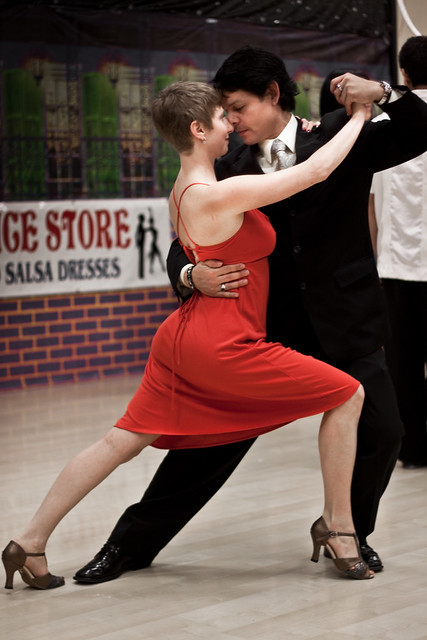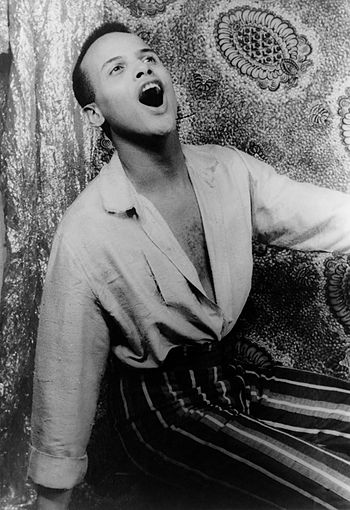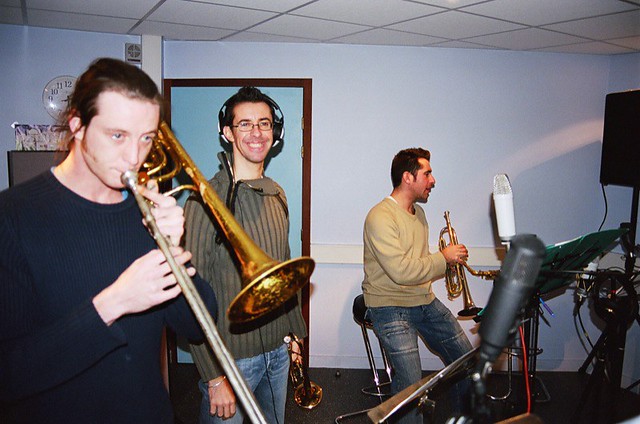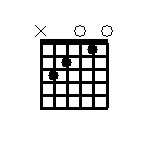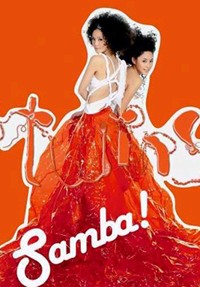 Hand (Photo credit: Wikipedia)
Hand (Photo credit: Wikipedia)
There are beginner piano books begin by introducing five notes i.e. CDEFG in right hand (RH) and CBAGF in left (LH) by using the same fingers position such as on RH note C played by thumb, D played by the index finger, etc. On LH note C played by thumb, B played by the index finger, and so on. I called "five fingers same position".
The benefit is before added the new note, beginners have practiced some similar exercises so they, especially kids will not be confused by rhythm, names, and positions of notes.
Because of many exercises that using the same fingers position, mostly kids tend to read the fingers numbers as notes positions. For instance, they mean no. 1 on RH is C - always played by thumb, no. 2 is D - always played by the index finger and so on, likewise on LH.
In early lessons, students seem fluent in notes reading but the problem comes when start playing pieces with no "five fingers the same position".
If students have to use "five fingers same position" books, as teachers, we have to explain from the first lesson that one note can be played by any fingers and fingers numbers are never changed such as on RH no.1 always for thumb, no. 2 always for index finger and so on, likewise on LH.
To make students remember the fingers numbers quickly, we can ask them to play as fast as they can such as "Play C with finger number 1 …. Now play C with finger number 2 and so on". The kids will love this fun game! Then ask them to play the same piece with any fingers by writing a new fingering on their book. For instance, for RH play C with finger number 2, D with finger number 3 and so on.
There is no perfect method in notes reading, as teachers, we can only find the suitable one for each student by merging one method with another. I prefer using "five fingers same position" book at first lesson by using any kinds of fingers positions, not just as written in the book.
It is much benefit and easier to learn right at first than re-learn after made mistakes. However, if students have made misunderstandings on notes reading, no matter with our ‘own’ students that have been taking lessons with us since their first day on a piano lesson or transferred ones, just do not ever blame them, their old teachers (for transferred ones) and ourselves especially beginner teachers. It will not make notes reading for students better.
The solution is re-teaching them as the first lesson. Of course, it needs much time, patiently and often rather difficult to train ‘a new habit’. The students could be frustrate and complain but with a fun game as I mentioned above, kids usually enjoy the lesson again. It happens on teens or adults (so far, I never found yet), we can support them by positive words so that they have ‘new spirit’ to continue their lesson. Moreover, as teachers, we should not ever stop learning.
Author: Sujanti Djuanda




